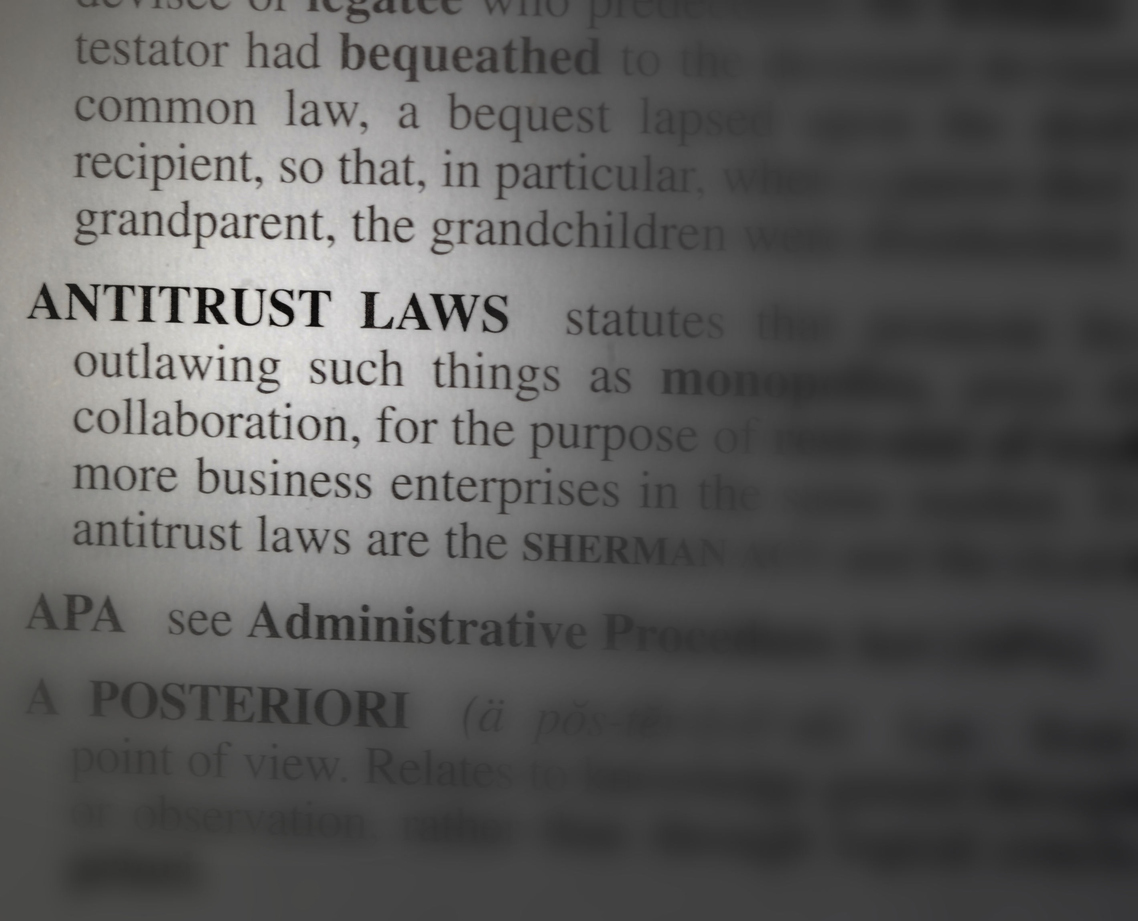Coinsurance issues were a topic at The National Association of Public Insurance Adjusters meeting yesterday. One suggestion by the panel was to consider whether the policyholder would be better off filing a claim on an actual cash value basis rather than a replacement cost basis to reduce the amount or applicability of a coinsurance penalty.
Coinsurance penalties are properly discussed in Wikipedia as follows:
Coinsurance is a penalty imposed on the insured by the insurance carrier for under reporting/declaring/insuring the value of tangible property or business income. It also applies without a concealment for the insured to bear some sort of responsibility and thus reduce moral hazard. The penalty is based on a percentage stated within the policy and the amount under reported. As an example:
A buildings replacement cost actually valued at $1,000,000 has an 80% coinsurance clause but is insured for only $750,000. Since its insured value is less than 80% of its replacement value, when it suffers a loss, the insurance payout will be subject to the underreporting penalty. For example, if it suffers a $200,000 loss, the insured would recover $750,000 ÷ (0.80 × 1,000,000) × 200,000 = $187,500 (less any deductible). In this example, the underreporting penalty would be $12,500. More generally, suppose a building with replacement cost R is insured for amount I, with a coninsurance requirement c, expressed as a number between 0 and 1 (e.g. 0.8 for an 80% coinsurance clause). If this building suffers a loss L, then the insurance payout (less deductibles) would be the smallest of the three amounts, L, I, and IL/(cR). The first two alternatives reflect the fact that the payout will not exceed the loss nor the amount the building was insured for, while the last amount represents the intended action of the coinsurance requirement to penalize underreporting.
The most commonly issued coinsurance percentage would be 80% but it can be as high as 100%, which would impose the greatest penalty for underreporting. For this reason, it is vital for values of property to be accurately reported and updated annually to reflect inflation and other increases in cost.
But, should the penalty be applied on an actual cash value or replacement cost basis? In the majority of jurisdictions, it depends on how the policyholder elects to make the claim. The seminal case discussing this is Buddy Bean Lumber Co. v. Axis Surplus Ins. Co., 715 F.3d 695 (8th Cir. 2013). The court reasoned as follows:
After full consideration we agree with Buddy Bean’s reading of the policy and conclude that the proper interpretation of the coinsurance provision depends on whether the insured has filed an actual cash value claim or a replacement cost claim. Here, Buddy Bean filed a claim with Axis for the actual cash value of its stolen wire. In order to calculate whether Buddy Bean is subject to a coinsurance penalty on that claim, then, the term “value” in the coinsurance provision should be read as the actual cash value of Buddy Bean’s saw and planing mills. Under Arkansas law, “[c]ontracts of insurance should receive a practical, reasonable, and fair interpretation consonant with the apparent object and intent of the parties in light of their general object and purpose.” …We are persuaded that this interpretation gives effect to the general object of the policy and the parties’ intent.
Coinsurance penalties are the last thing anybody wants to have invoked. Our firm routinely gets approached about these situations and one of the questions usually raised is whether the agent bears responsibility. Many of us view these situations as post-loss underwriting and are preventable through proper underwriting.
Positive Thought of The Day
The best preparation for tomorrow is doing your best today.
—H. Jackson Brown, Jr.



